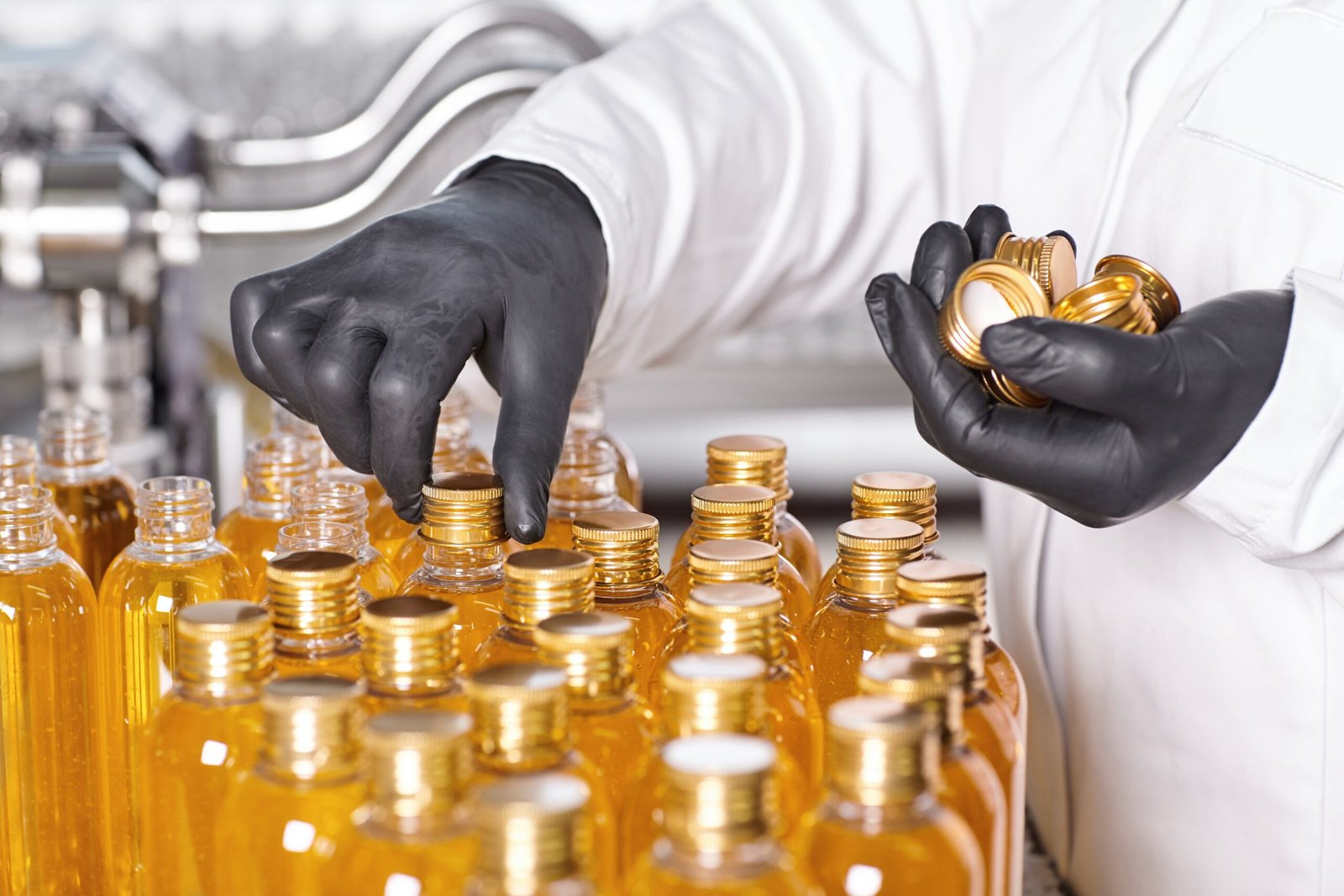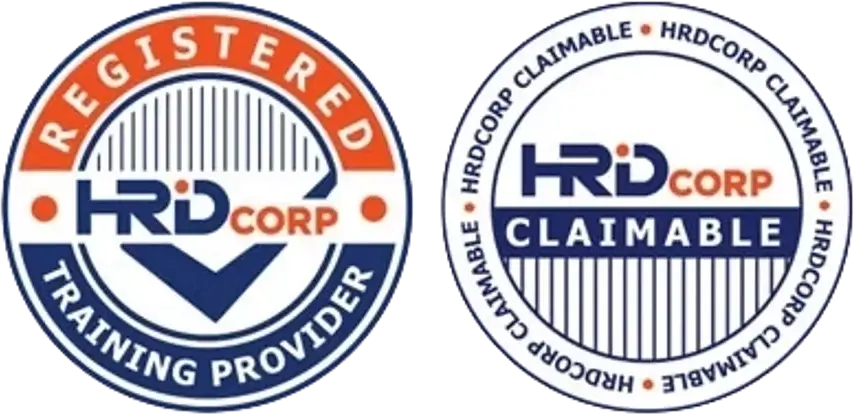How Do GMP Requirements Differ Between Food and Pharmaceutical Industries?
When people hear Good Manufacturing Practices (GMP), they often assume the requirements are the same across industries. However, while both food and pharmaceutical factories follow GMP to ensure safety, quality, and compliance, the focus areas are very different.
If you are in manufacturing—or considering GMP certification—it’s important to understand these differences.

✅ Key Similarities in GMP Requirements
-
Both industries require clean facilities, controlled processes, and trained staff.
-
Emphasis on traceability – from raw materials to finished product.
-
Documentation and record-keeping must be accurate and up-to-date.
-
Quality control (QC) and quality assurance (QA) functions are separate and independent.
-
Audits (internal and external) are mandatory to verify compliance.
🔍 Major Differences Between Food GMP and Pharmaceutical GMP
1. Regulatory Focus
-
Food Industry:
-
Focus on hygiene, contamination prevention, and shelf life.
-
Compliance linked to agencies like FDA (US), EFSA (EU), or MOH (Malaysia).
-
-
Pharmaceutical Industry:
-
Stricter focus on product safety, efficacy, and dosage accuracy.
-
Regulations based on WHO, FDA (cGMP), EMA, PIC/S standards.
-
2. Documentation & Validation
-
Food GMP:
-
Records of cleaning, CCP monitoring, supplier approval.
-
Shelf-life studies and labeling verification.
-
-
Pharmaceutical GMP:
-
Extensive validation of processes, equipment, and analytical methods.
-
Batch manufacturing records must be 100% traceable.
-
3. Quality Control Testing
-
Food Industry:
-
Microbiological testing (e.g., Salmonella, E. coli).
-
Chemical residues and allergen checks.
-
-
Pharmaceutical Industry:
-
Potency, purity, and stability testing.
-
Bioequivalence and sterility tests.
-
4. Facility Design & Environment
-
Food GMP:
-
Zoning to prevent raw vs. cooked product cross-contamination.
-
Focus on temperature and humidity control.
-
-
Pharmaceutical GMP:
-
Strict cleanroom classifications (ISO 5–8).
-
HEPA filtration, controlled air pressure, and gowning requirements.
-
5. Training & Competency
-
Food Industry:
-
Emphasis on hygiene, allergen handling, and CCP monitoring.
-
Refresher training usually annual.
-
-
Pharmaceutical Industry:
-
Training covers aseptic techniques, sterile handling, and advanced QC methods.
-
Competency assessments are ongoing and highly regulated.
-
⚠️ Why These Differences Matter
-
Applying food GMP in pharma → risks ineffective medicines and regulatory shutdown.
-
Applying pharma GMP in food → leads to unnecessary costs and over-complex processes.
-
Each sector must tailor GMP compliance to its product risks and market requirements.

Final Takeaway
👉 Food GMP focuses on hygiene and safe consumption, while pharmaceutical GMP is built around safety, efficacy, and dosage control.
Both are rooted in the same principle—protecting consumers—but the execution is very different.
If your business is considering GMP certification, ensure you choose the correct framework for your industry.


